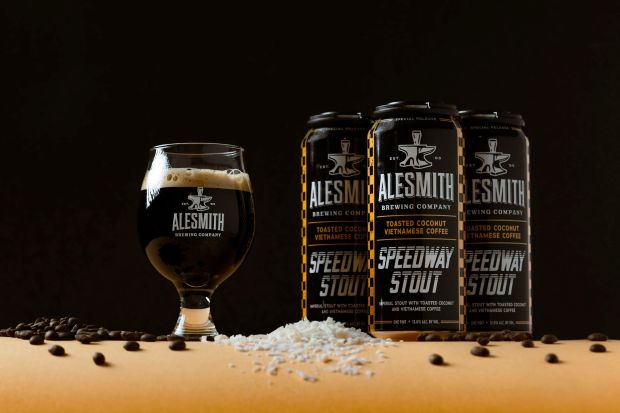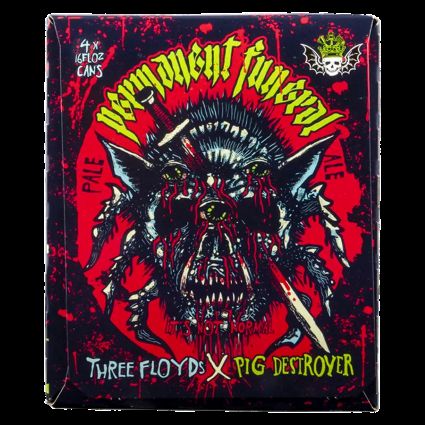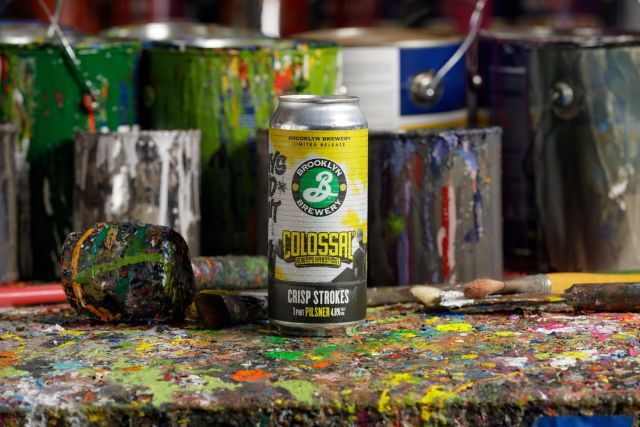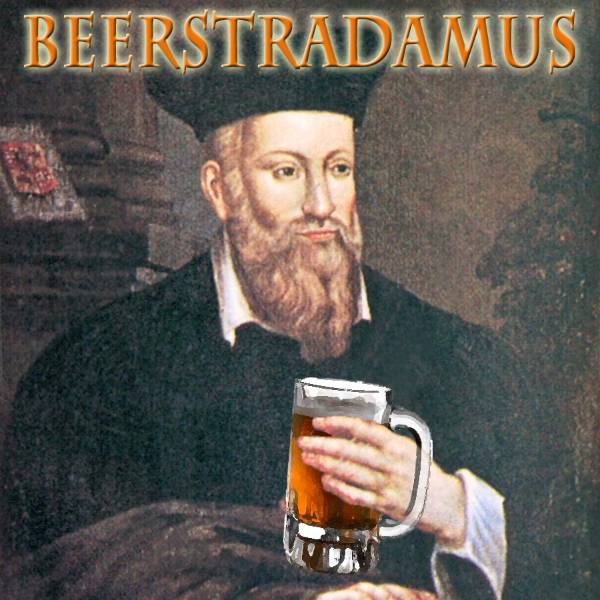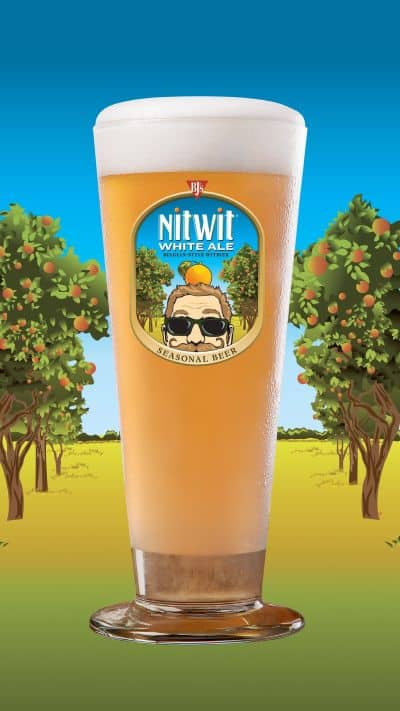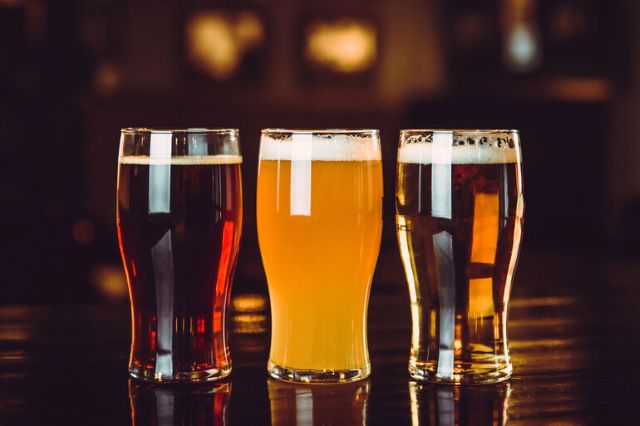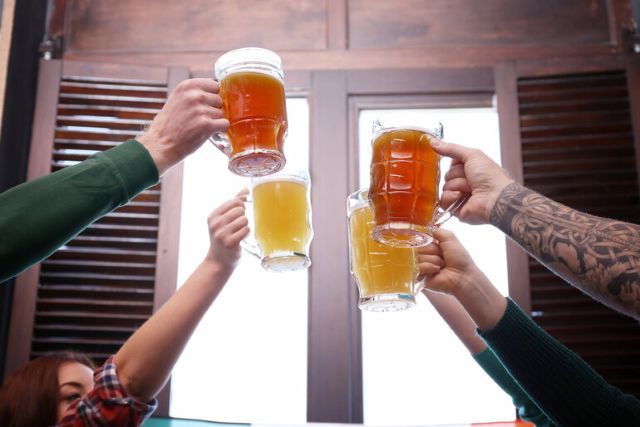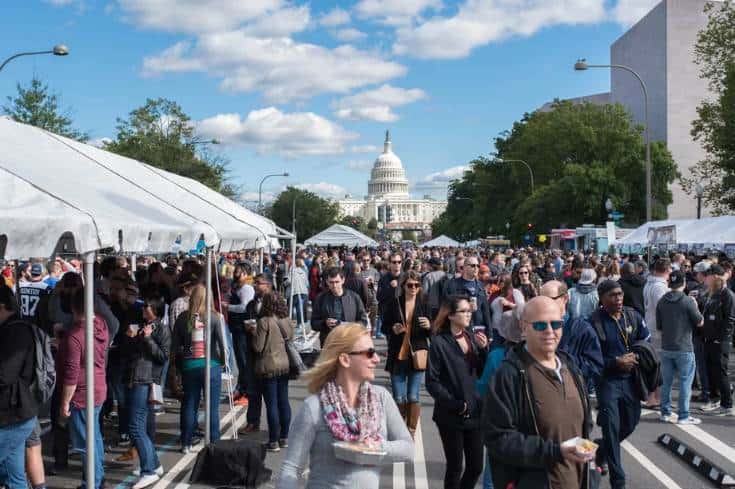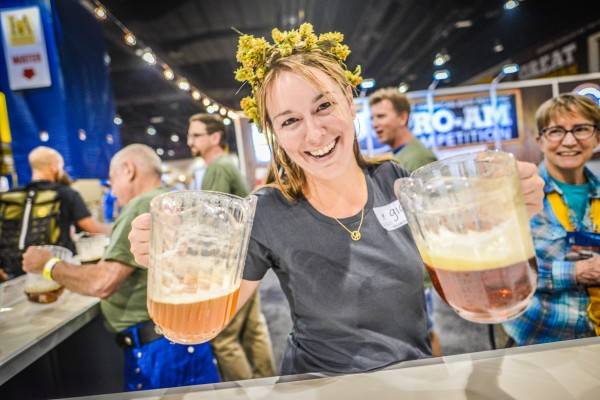The Beer Can – An American Odyssey
The Beer Can – An American Odyssey
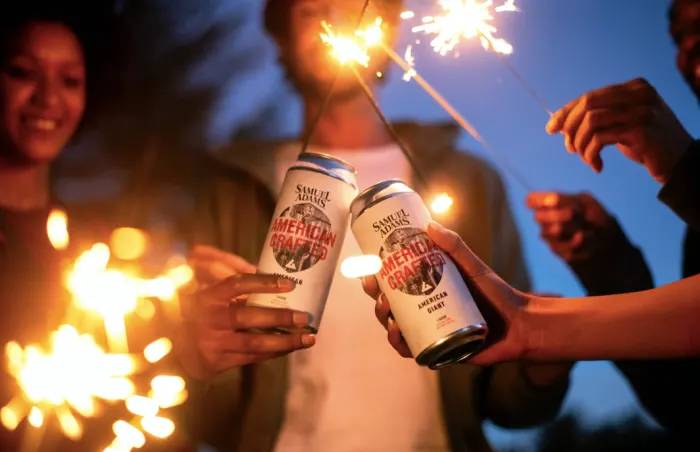
(Courtesy Boston Beer)
Few inventions have shaped the way Americans drink beer quite like the humble beer can. What started as a quirky experiment in the 1930s has become a cultural icon — one that tells a uniquely American story of innovation, design, and a whole lot of cold beer.
From Steel to the Supermarket
The first canned beer hit the shelves in 1935, courtesy of the Gottfried Krueger Brewing Company in Newark, New Jersey. Their “Krueger’s Finest Beer” and “Krueger’s Cream Ale” were sold in heavy steel cans that required a church key to puncture open. It was a gamble — would drinkers accept beer in something other than a bottle? Turns out, they did. The convenience (and lack of broken glass) won people over fast.
By the end of that same year, more than 200 breweries had followed suit. The can’s popularity soared through the 1940s, thanks in part to World War II. Canned beer was easy to ship overseas, providing troops a taste of home. When the soldiers returned, they brought their newfound appreciation for the aluminum container with them.
Pop Tops and Pull Tabs
In the 1960s, beer cans got a major upgrade: the pull tab. Invented by Ermal Fraze in Ohio, this simple innovation eliminated the need for a can opener — a small miracle for beachgoers and backyard grillers everywhere. Unfortunately, those early tabs often ended up littering parks and rivers, leading to the “stay-tab” design we know today.
The switch to aluminum in the 1970s made cans lighter, cheaper, and more recyclable. Breweries like Coors championed the movement, helping establish the aluminum can as both an environmental and economic win.
Craft Beer’s Can Comeback
For decades, canned beer was seen as the domain of mass-market lagers. Bottles were for the “fancy stuff.” But in the 2000s, small craft brewers began challenging that stigma. Oskar Blues Brewery in Colorado led the charge, becoming the first craft brewery to can its beer in 2002 with Dale’s Pale Ale.
Suddenly, the can wasn’t just convenient — it was cool.
Cans blocked out light, sealed in freshness, and made it easier to bring good beer on hikes, beaches, and festivals. Today, even the most prestigious craft brewers embrace the can for its portability, design flexibility, and eco-friendliness.
More Than Just a Container
The beer can has evolved into a canvas for art, nostalgia, and brand identity. Retro designs and limited-edition releases celebrate everything from local landmarks to pop culture icons. Collectors — known as “canophilists” — keep the history alive, preserving everything from cone-top relics to ultra-rare misprints.
What began as a steel cylinder of skepticism has turned into one of America’s most recognizable cultural symbols. Whether it’s an ice-cold Big Beer lager at a ballgame or a double IPA from your favorite craft brewer, the beer can remains an enduring emblem of how America drinks — and how it innovates.
###
Want more on Beer Cans?
We’ve got ‘em…
Busch Light Returns Special Camo Beer Cans
Vintage Beer Can Sells For $62,830
Busch Light Returns Special Camo Beer Cans & Gear To Target Outdoor Beer Fans


